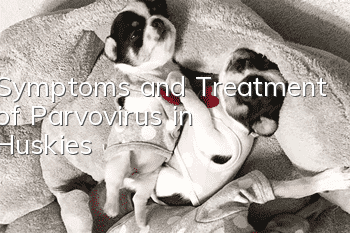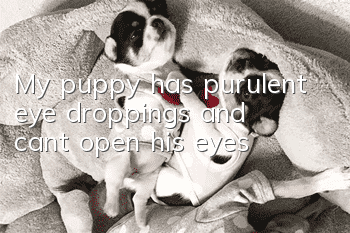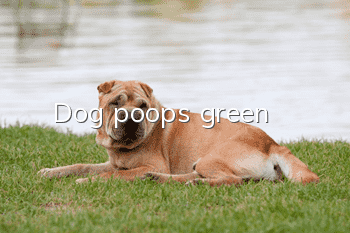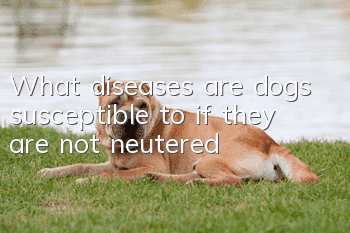Symptoms and Treatment of Parvovirus in Huskies

If the symptoms of a Husky dog are vomiting, bloody stools, and sepsis, dog owners should be careful. Has the Husky got canine parvovirus (commonly known as "intestinal inversion" or "intestinal inversion")? This is a highly contagious disease. disease. Although it is dangerous, dog owners should not panic. The following is an introduction to the treatment methods for canine parvovirus (commonly known as "intestinal inversion" or "intestinal inversion") in Huskies.
1. What is "canine parvovirus"?
"Canine parvovirus hemorrhagic enteritis", commonly known as "intestinal inversion", is a common and important infectious disease in Huskies. Clinical symptoms are characterized by vomiting, bloody stools, and sepsis, with rapid onset and rapid death. Therefore, if you find that your Husky has the above symptoms, you should quickly send him to the hospital for medical treatment, so as not to waste your precious dog treatment time.
Generally speaking, there are five reasons for the death of Huskies due to canine parvovirus: 1. Acute myocarditis, 2. Toxic sepsis, 3. Blood loss, dehydration, electrolyte imbalance, systemic failure and shock, 4. Secondary intussusception, 5. Secondary acute pancreatic disease inflammation.
2. How to prevent and treat Huskies from being infected with “canine parvovirus”?
First, immunization should be done regularly. Domestically produced inactivated canine parvovirus vaccines are used in combination with other vaccines. When using the canine pentavalent attenuated vaccine, Husky puppies aged 30-90 days should be injected three times, and Huskies over 90 days old should be injected twice, with an interval of 2-4 weeks between each time. Inject one dose (2 ml) each time, and then boost immunity once every six months. When using the dual vaccine for canine hepatitis and enteritis, dogs between 30 and 90 days old should be vaccinated three times, and dogs over 90 days old should be vaccinated twice, with an interval of 2-4 weeks between each time, and each injection is 1 ml.
Second, when the disease breaks out in a group of dogs, they should be isolated in time. The kennels and feeding equipment of the huskies should be treated with 2-4% caustic soda, 1% formalin, 0.5% peracetic acid or 5-6% perchlorine. Sodium chloride (32 times dilution) for repeated disinfection. Dogs that are unlikely to be cured should be killed as soon as possible, burned and buried deeply.
Third, symptomatic and supportive therapy should be adopted for mild cases. For enteritis-type cases, due to excessive salt loss due to dehydration, timely and appropriate rehydration is very important. To prevent secondary infections, antibiotics should be injected on time. Anti-canine parvovirus hyperimmune serum can also be used for treatment. The dosage is: subcutaneous or intramuscular injection of 5-10 ml per dog, once a day or every other day, 2-3 times in a row.
3. Prevention and Control of “Dogs”"Parvovirus" Chinese medicine therapy (recipe): "Baiwu Decoction"
Prescription: 15 grams of Pulsatilla, 15 grams of black plum, 5 grams of coptis, 5 grams of cork, 10 grams of turmeric, and 10 grams of myrobalan.
Usage: Add 1000 grams of water, boil for several times, take the soup and drink it when it is warm, one dose per day. If the sick dog's vomiting is too severe, metoclopramide injection can be injected about 2 hours before oral administration; if the sick dog is severely dehydrated, it should be supplemented with infusion treatment.
- Dog bleeding from one side of nose
- What are the symptoms of dogs getting angry?
- What’s wrong with a dog’s red eyes?
- How to train a golden retriever to search and rescue? Methods and techniques for training golden retrievers!
- How to treat Yorkie skin disease?
- Five things to note when raising a dog in summer
- What are the key points of raising Doberman Pinscher?
- How to prevent parasites in dogs
- The most powerful basic knowledge of raising a dog, essential information for raising a dog
- Can Teddy dogs eat cooked chestnuts?



